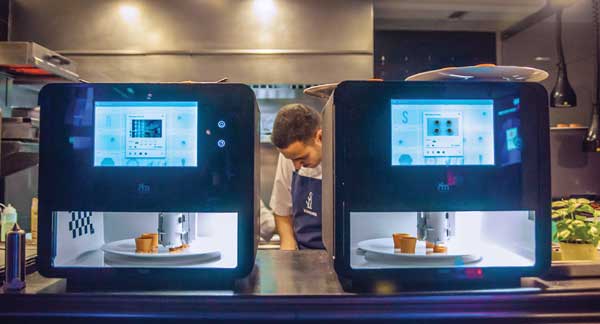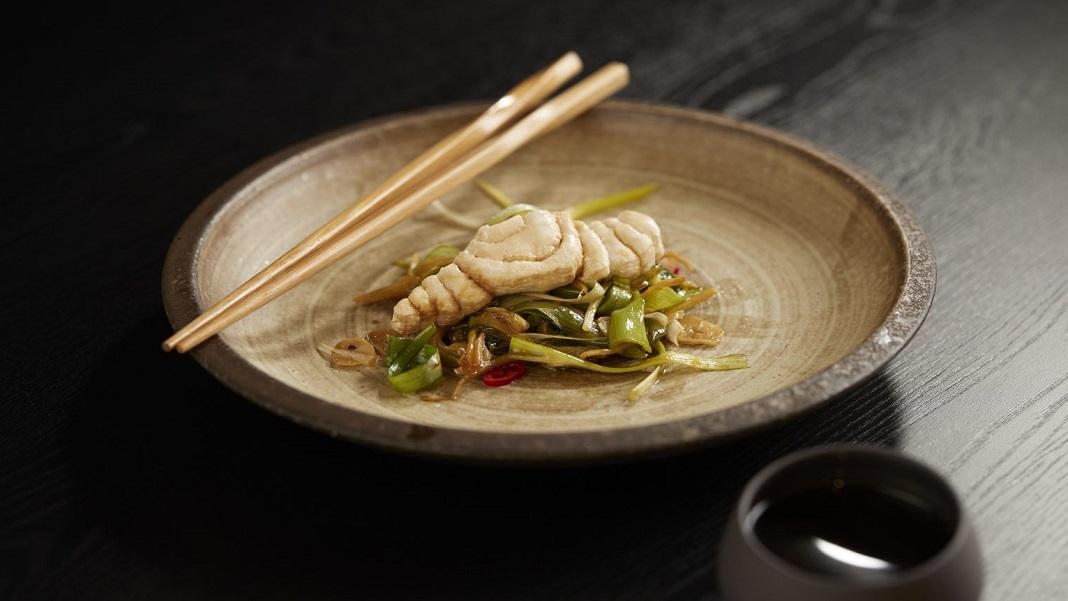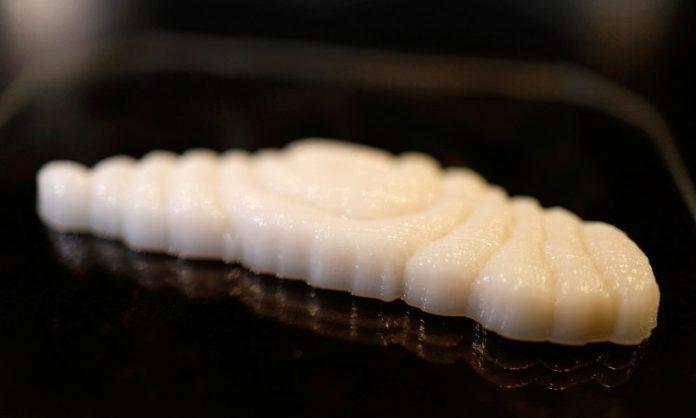Fish is something that we and everyone love (well, most of us). Whether it’s baked, grilled, or fried, fish never fails to tantalize our taste buds with its deliciousness. The delicate flavor and flaky texture make it the perfect core element for any culinary creation, from sushi to fish tacos to fish and chips. And let’s not forget about the health benefits. It’s a lean source of protein, packed with omega-3 fatty acids, and essential vitamins and minerals. But do the taste, texture, and benefits stay the same if the fish is 3D printed?

Lab-grown beef and chicken have been in the market for quite some time now and have also gained popularity as a means to control the environmental impact of traditional farming and avoid animal welfare concerns but lab-grown seafood was largely unexplored by companies up until now.
The Creators
To tackle the issue of depleting fish populations, Steakholder Foods decided to team up with Singapore’s Umami Meats to create fish fillets through a unique process. Using cells extracted from grouper, Umami Meats grows them into muscle and fat. Then, Steakholder Foods combines them with a special “bio-ink” suited for 3D printers, which results in the creation of a narrow fillet that mimics the taste and texture of fish caught in the sea. With this partnership, both companies now aim to offer a sustainable alternative to traditional fishing methods. But 3D fish is just so crazy to even think about!
How Does This Work?
For those of you wanna skip the reading part but are still very curious about how this whole process takes place, Reuters has a video explanation for all of you. Have a look!
Now for those who are readers, let us explain this to you. As the 3D printer slides a glass dish back and forth, a finger-length fillet takes shape with each pass. The resulting fillet has a flaky texture similar to that of traditional fish, and when seasoned and fried, it’s challenging to distinguish from the real thing.
Unfortunately, although cell cultivation is a promising technology for producing seafood sustainably, it remains too expensive compared to traditional fishing methods. As of now, companies combine the fish cells with plant-based ingredients in the bio-ink to reduce costs. This dilution process is a more affordable production of lab-grown seafood while maintaining its nutritional value and taste. Here is your final result.

Which side are you on? The fish fish side or the 3D fish side? Let us know in the comments below.
Stay tuned to Brandsynario for more news and updates.











































